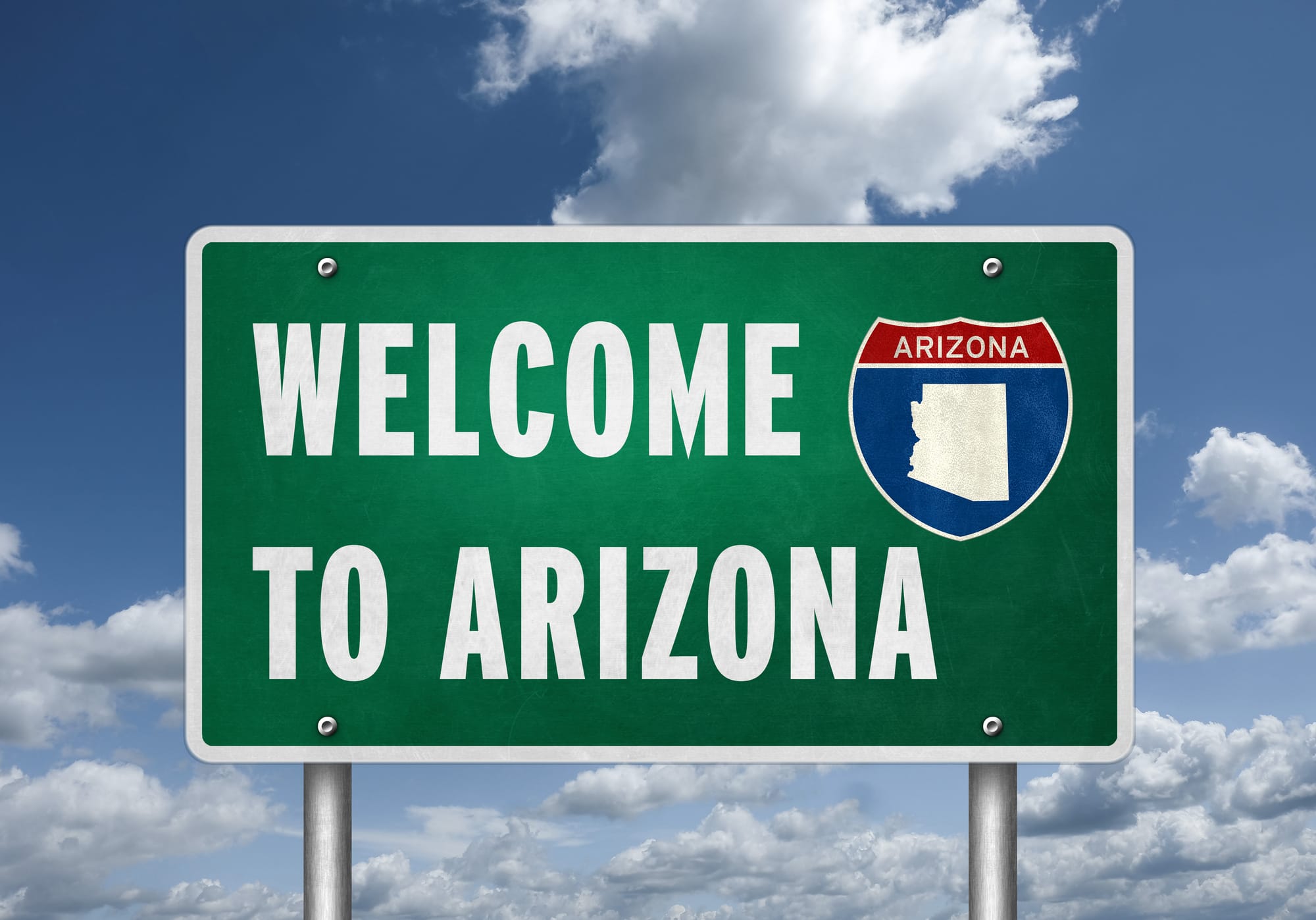Rising Addiction Rates in New Mexico

From Recovery Blogs
Since 2019, New Mexico has seen a significant surge in addiction rates. While opioid use remains a major concern, methamphetamine-related hospitalizations and overdose deaths have also increased sharply. According to the New Mexico Department of Health, the number of methamphetamine-related deaths has nearly doubled in some counties. The combination of accessibility, low cost, and a lack of public awareness has allowed meth use to thrive, particularly in rural and economically depressed regions.
The impact has been devastating for families and communities. Emergency rooms and treatment facilities are overwhelmed, and the demand for beds in detox and residential centers far outpaces availability. This scarcity drives many families to seek out-of-state alternatives.
The Methamphetamine Epidemic Is Far from Over
Unlike other substances whose usage rates have occasionally declined due to public health interventions, methamphetamine addiction in New Mexico remains resilient. Meth is not only cheap and highly addictive, but its stimulant effects can cause long-lasting changes in the brain that make recovery particularly difficult.
Even more concerning is the intersection between meth and fentanyl. Drug seizures in New Mexico have revealed a disturbing increase in meth cut with fentanyl, further heightening the overdose risk. Many state-funded treatment programs lack the resources to address dual-substance abuse at this scale. This makes holistic, dual-diagnosis rehab programs in Arizona even more attractive to New Mexico families seeking real recovery solutions.
Why Arizona Is Attracting New Mexico Residents
Arizona’s proximity and natural beauty make it an appealing option for recovery, but the real draw lies in the high-quality rehab programs the state offers. Many of these facilities include trauma-informed care, medical detox, and holistic therapies such as yoga, equine therapy, and outdoor experiential programs.
For New Mexico residents, these amenities represent a step up from what’s available locally. Families are discovering that the added investment in a luxury addiction treatment program can make a tangible difference in long-term success rates.
Benefits of Luxury Rehab in Arizona
- Privacy and confidentiality: These centers typically offer a secluded environment ideal for high-profile individuals or those who need a break from social pressures.
- Integrated care: Many programs combine mental health treatment with substance use recovery, addressing trauma, anxiety, and depression alongside addiction.
- Pet-friendly facilities: Some Arizona rehabs welcome pets, allowing individuals to heal alongside emotional support animals.
- Strong alumni support: Long after treatment ends, former clients have access to support groups, sober activities, and recovery coaching.
The Role of Environment in Recovery
Changing one’s surroundings can be a powerful catalyst for change. Arizona offers a serene and therapeutic backdrop for healing. The dry desert climate, stunning red rock formations, and access to nature trails provide an environment conducive to both physical and mental recovery.
In contrast, remaining in the same environment where addiction took root often leads to relapse. A new setting helps create psychological distance from the triggers, people, and places tied to one’s substance use. This is why those in need of New Mexico Addiction recovery often benefit from leaving the state temporarily.
Activities and Attractions During Recovery in Arizona
One of the unique aspects of rehab in Arizona is the inclusion of structured recreational therapy and weekend excursions:
- Guided hikes through Sedona’s red rocks
- Meditation sessions at the Grand Canyon overlook
- Group volunteer opportunities in Phoenix and Tucson
- Art therapy and mindfulness workshops
- Equine-assisted therapy in Scottsdale
These activities encourage social bonding, physical activity, and self-discovery—critical components in long-term recovery.
Barriers to Treatment in New Mexico
New Mexico’s treatment infrastructure has struggled for years due to underfunding and provider shortages. Many rural counties have no addiction counselors at all, and wait times for public rehab can be months long. In some areas, residents must drive several hours to find a facility that offers detox services.Furthermore, many local treatment centers in New Mexico lack specialization in trauma-informed or gender-specific care. For individuals with co-occurring mental health issues, the gap in services is especially troubling.This is part of why out-of-state treatment in Arizona feels like the only viable path for many New Mexicans.
Conclusion: Looking Beyond Borders for Real Recovery
The addiction crisis in New Mexico shows no signs of slowing. While the state continues to invest in harm reduction and local services, the immediate reality is that high-quality, immersive recovery options are still hard to come by.Fortunately, Arizona offers a beacon of hope. With its luxury rehab centers, evidence-based treatment models, and therapeutic environment, it stands out as an ideal destination for New Mexico residents seeking to transform their lives. According to the PhoenixSoberLiving.org study, outcomes for New Mexicans who complete long-term treatment in Arizona are substantially better than those who remain in-state.
For individuals and families ready to act, looking beyond state lines isn’t running away—it’s moving toward lasting freedom.